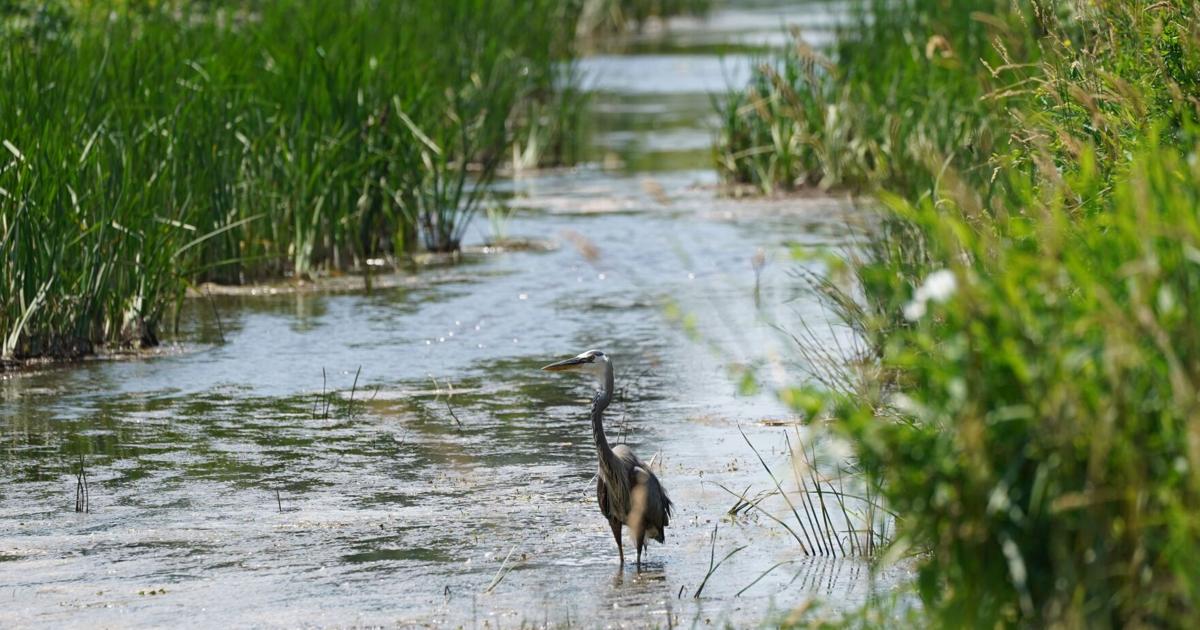Up to $10 million in federal funding is available for the restoration of the Scajaquada Creek.
To unlock that money, Buffalo Niagara Waterkeeper and the U.S. Army Corps of Engineers took the first step Tuesday by signing a $600,000 cost-sharing agreement to fund a study of the creek.
“This study will kick off the restoration effort that will transform the environment and bring the Scajaquada Creek back to life,” State Assembly member Monica Wallace, D-Lancaster, said during a press conference in front of the creek at Cheektowaga Town Park.
Scajaquada Creek is one of the most “impaired” waterways in the state, said Jill Jedlicka, executive director of the Waterkeeper, a nonprofit focused on protecting and restoring the region’s waters.
The 13-mile-long creek stretches from Lancaster to the Buffalo waterfront. It runs through most of Cheektowaga and and on toward Forest Lawn and the Black Rock Canal until it empties into the Niagara River. More than 100,000 residents live within its 29-square-mile watershed.
Scajaquada Creek is spring-fed, meaning it is fed by “clean, clear, cold” water from underground, Jedlicka said, but its condition worsens as it flows toward the river.
“For generations, our community has … been unable, physically, to connect with this creek system due to these polluted waters and polluted lands,” Jedlicka said. “Today that’s going to start to change.”
Years of sewage overflow and industrial waste emptied into the creek have made the waterway look like a “drainage ditch,” said State Sen. Sean Ryan, D-Buffalo.
Almost 98% of the wetlands in the Scajaquada Creek watershed have been destroyed, Wallace said. Fecal bacteria in the creek is at levels 20 times the threshold considered safe for human consumption and contaminated sludge is up to 5 feet deep in some places. According to Wallace, avian botulism present in the creek has killed thousands of birds.
“The pollution of…
Read the full article here

Leave a Reply